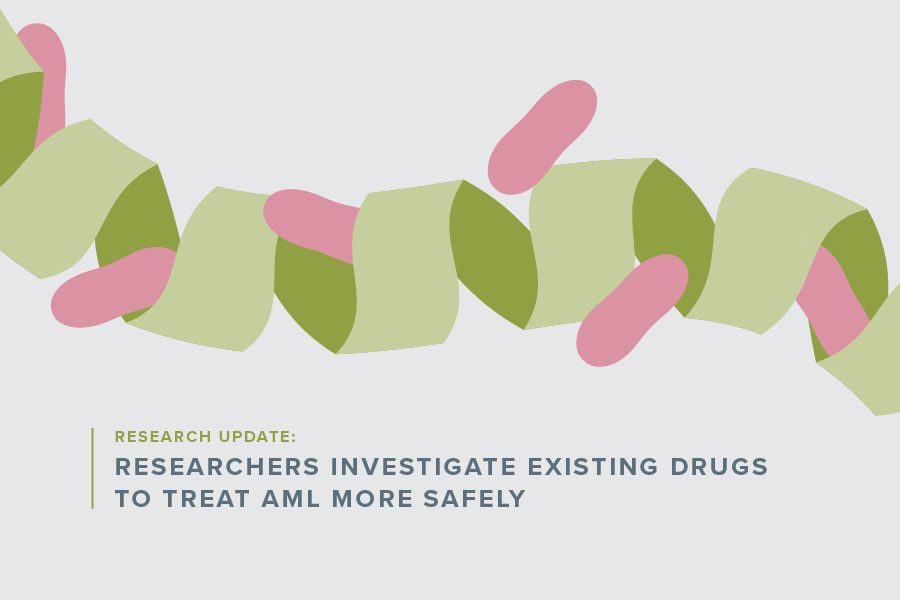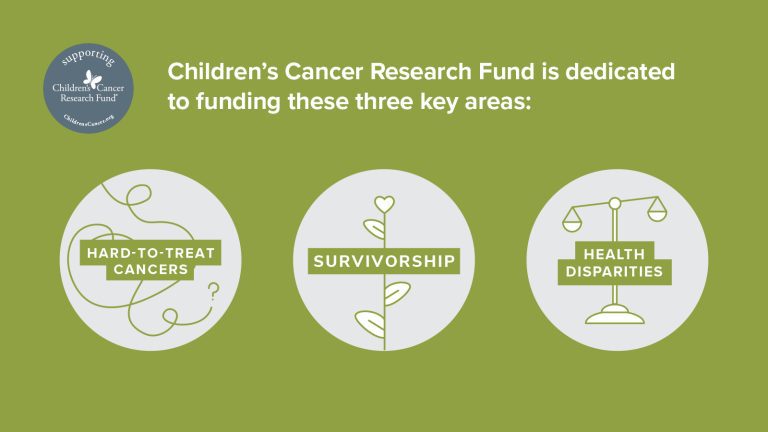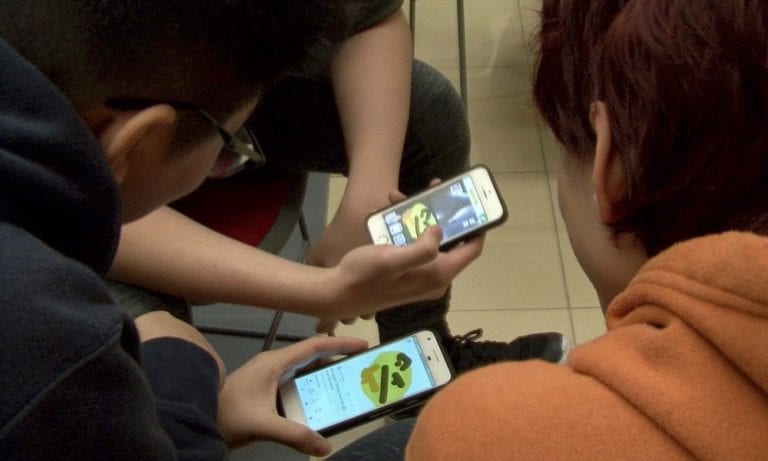For families like Kenedi and Kendal’s, a clinical trial isn’t just another option – it’s hope. It’s the lifeline parents crave after exhausting all other treatments to save their child. At just three months old, these identical twin sisters were diagnosed with acute myeloid leukemia (AML), a rare and aggressive childhood cancer. While Kenedi is now navigating her life after cancer, Kendal's battle ended far too soon – at just 2 years old. In the years since, their parents still seek answers – why did today’s treatment save one identical twin, but not the other? When kids like Kendal relapse, why aren’t there more effective options available?
Understanding AML
Leukemia is the most common cancer in children and teens, making up nearly one-third of all childhood cancers. While most cases are acute lymphoblastic leukemia (ALL) – a cancer with a 90% survival rate – about 20% are AML, a cancer that affects the myeloid cells in the bone marrow and blood. Survival rates for AML are significantly lower, ranging from 65-70%. Even with treatment, relapse occurs in 30-40% of children and is even harder to treat.
For kids with AML, their body produces too many abnormal myeloid cells, leaving a shortage of healthy red blood cells, white blood cells and platelets. This leads to severe symptoms such as:
- Fatigue
- Easy bruising and bleeding
- Frequent, unusual or life-threatening infections from a weakened immune system.
Finding new ways to treat AML and relapsed AML is crucial. Kids deserve better treatments, less side effects and greater chance at survival.
Natural Killer Cells Target Therapy Resistance
Thanks to generous Dream 2025 supporters, Children’s Cancer Research Fund is funding a new clinical trial that could transform AML treatment.
At the University of Minnesota, four leading researchers are pioneering an “off-the-shelf" Natural Killer (NK) cell therapy that could finally give kids with relapsed AML a real chance. This first-of-its-kind treatment:
- Can be mass-produced, making it quickly available for any child who needs it
- Is less toxic than current treatments, reducing painful and dangerous side effects
- Could eliminate the need for high-risk stem cell transplants
- Has the potential to save lives that current therapies cannot
This trial is a direct result of CCRF donor support, proving that every dollar raised gets us closer to safer, more effective treatments for kids.
Fighting Relapse – New Drug Shows Promise
With support from our generous donors, Children’s Cancer Research Fund is able to invest in the most promising childhood cancer research happening in the Twin Cities and across the country. One CCRF grant, for example, is unfolding in Texas.
Dr. Michael Andreeff and his team at MD Anderson Cancer Center are testing GT715, a new drug that targets a difficult oncogene driving therapy-resistant AML. In fact, Dr. Andreeff’s team has a proven track record of developing new treatments for children with AML — two of the strategies they developed have received FDA approval.
The GT715 drug breaks down mutated gene proteins in therapy-resistant AML without harming normal, healthy cells.
Early results show high effectiveness, especially when combined with existing drugs.
This project is a critical step on the path to a clinical trial. Thanks to support from CCRF donors, Dr. Andreeff’s team will test GT715’s effectiveness in tackling therapy-resistant AML, laying the groundwork for a future clinical trial.
Every child deserves a future, but for kids with AML, so much of their future depends on research, innovation and support from people like you.
Your donation fuels the next breakthrough – one that could save a child’s life. Join our CCRF community and make a difference today.




